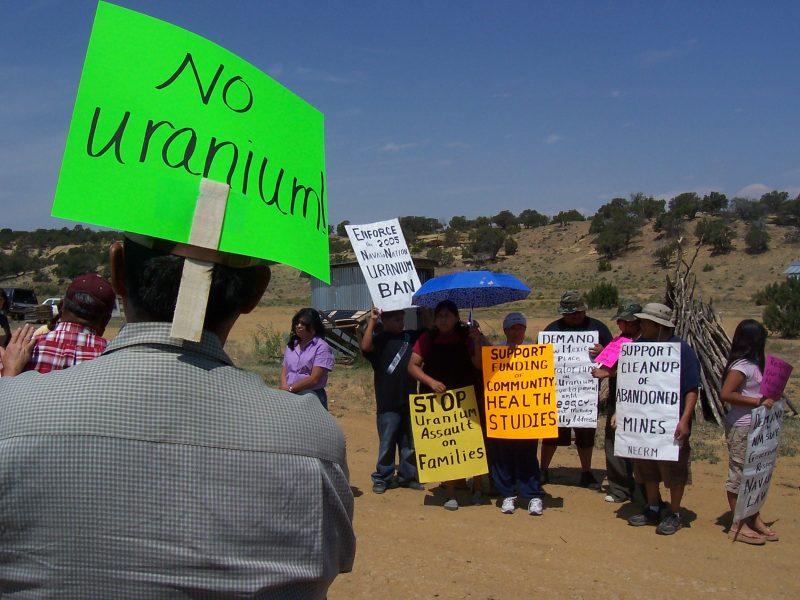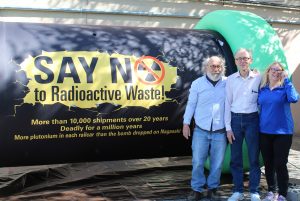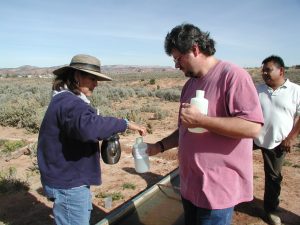
Southwest Research and Information Center (SRIC) is a nonprofit organization that promotes the health of communities while working toward environmental justice in the Southwest. Based in Albuquerque, New Mexico, it was founded in 1971 to provide people with information on the impacts of the exploitation of resources. SRIC’s work has included acting as a watchdog over nuclear waste management and uranium mining reclamation. “If a community has an issue we are there to help them, but we don’t go in and tell them what they need to do,” says Annette Aguayo, SRIC’s office manager and webmaster. Instead, they help them achieve their aims, often by offering technical assistance when dealing with local, state, and federal government entities. Remediation for the communities affected by uranium mining, many of them Native American, is central to SRIC’s work, Aguayo says: “Miners and millers weren’t told of the dangers. There are stories of miners drinking the water in the mines as it was so cool and refreshing, and even bringing it home to use in baby formula.”

Tom Smith (left) and Karen Hadden (right) from the SEED Coalition in Texas, with SRIC’s Don Hancock (center) in front of an example of a High-Level Waste shipping container, used to educate the public about the risks of transportation of such waste across US highways. Source: SRIC
A multicultural organization of 10 employees, SRIC has offered expert testimony at the tribal, state and federal level. SRIC has provided expert evidence in favor of the Radiation Exposure Compensation Act Program being widened to cover more affected workers and their families. The organization also helped to pass the New Mexico Mining Act in 1993, requiring cleanup plans for new and existing mines in the state, offering legislators testimony, data, and technical advice. It also supported the Navajo Nation in developing its ban on uranium mining, passed in 2005. SRIC, along with tribal partners, is part of an ongoing project assisting researchers from the University of New Mexico doing health studies and water sampling, which found some community wells had high levels of uranium and arsenic.

Vivian Craig, Navajo EPA, and Chris Shuey, SRIC, collect a water sample from a livestock well in Churchrock Chapter, Navajo Nation, in 2003 as Chapter President Johnny Livingston watches. Source: SRIC